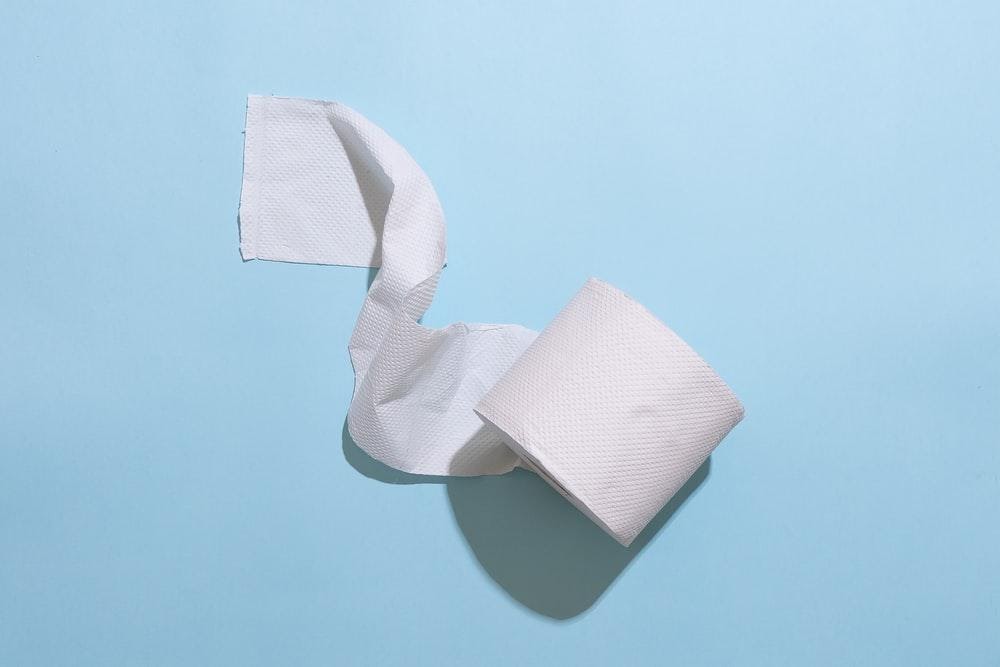When you wipe down there, do you see blood in your stool or on the tissue?? Don’t panic; you might just be suffering from hemorrhoids. Although numerous conditions can lead to rectal bleeding, hemorrhoids are one of the most common causes. Get checked by a doctor, just to be sure if that’s what’s wrong.
If you have hemorrhoids, there is not much to worry about. Why? Because they are usually not extremely painful (until inflamed). Also, there are numerous ways to get rid of them.
Continue reading to know how you can reduce hemorrhoid pain and bleeding.
What Are Hemorrhoids?
Hemorrhoids are bundles of blood vessels attached to the lowest part of our rectum (a chamber between our colon and anus) or anus (the exit passage of our digestive tract located right after the rectum).
These blood vessels swell under pressure (i.e., they enlarge, causing their walls to thin and stretch). The pressure may come from strained bowel movements due to constipation or other bowel diseases, pregnancy, obesity, prolonged sitting, etc. There are two primary kinds of hemorrhoids: internal and external.
- Internal Hemorrhoids are caused by swelling of veins in our rectum. You do not usually feel them until they prolapse through your anus. There are four different grades of hemorrhoids based on their degree of prolapse.
- External Hemorrhoids refer to swollen veins near the skin of the anal area. You can feel or see them as lumps near your anus. They are more painful and uncomfortable than internal hemorrhoids. Why? Because they cause the overlying skin to erode due to irritation. Plus, they can become even more severe if the blood in the swollen veins forms a clot known as a thrombus.
How Severe Are Your Hemorrhoids?
As mentioned earlier, hemorrhoids are of different categories. Each type results in different levels of pain, discomfort, and itching.
- Internal hemorrhoids of the first grade do not cause any pain, and they go away on their own. Bleeding is usually the only symptom you experience at this stage.
- Internal hemorrhoids of the second stage can cause low pain levels and discomfort with noticeable bleeding. They also usually go away on their own. If not, you can get them treated with simple, non-invasive medical procedures.
- Internal hemorrhoids of the third and fourth stages can cause significant pain and bleeding. Based on the severity of the symptoms, their treatment involves either non-surgical or surgical procedures.
- External hemorrhoids are more painful compared to internal hemorrhoids, making it harder to keep the anal area clean. They dissolve on their own unless severely enlarged, inflamed, or thrombosed.
6 Solutions for Hemorrhoid Pain and Bleeding
Here are some tips to reduce hemorrhoid pain and bleeding. Even if you are suffering from a severe grade or type, these tips will prevent your hemorrhoids from getting worse.
1. Manage Your Diet
Most of the time, hemorrhoids are caused by the strain from prolonged constipation. How? First, you have to sit on the toilet seat for too long. Second, you usually pass hard stool when constipated. Both of these factors result in increased pressure on your anal and rectal blood vessels.
Constipation is usually the result of a low-fiber diet. Include fiber-rich food, like broccoli, beans, wheat and oat bran, whole-grain foods, and fresh fruit in your diet to improve your bowel movements and soften your stool. It will reduce the pressure on your rectum and anus, making the pain and bleeding eventually disappear. (Note: Don’t start taking too much fiber at once, or it will cause more problems. Take it slow; it will give your body the time to get used to it).
2. Take Sitz Bath
A unique word, right? Sitz comes from a German word called ‘sitzen’ that literally means to sit. Therefore, a sitz bath involves soaking your hips and buttocks in warm water for 15 to 20 minutes. Having a sitz bath every time you pass a bowel movement eases the irritation, itching, and spasms of sphincter muscles. You can either buy a plastic tub that fits over your toilet or sit in your bathtub with a few inches of water.
3. Apply Ice Packs
Ice is an instant pain reliever for inflammatory conditions. Therefore, you can apply ice packs or cold compresses to your anal region to reduce the swelling and the pain. However, remember not to press too hard or use the ice pack for too long. Plus, never apply ice directly to the skin because it leads to skin irritation or frostbite. You can wrap the ice pack using a thin cloth and then press gently on the affected area to relieve the pain.
4. Try Over-the-Counter Creams
There are a lot of over-the-counter products that can reduce hemorrhoid pain and bleeding. You can find creams, lotions, gels, and ointments that contain natural pain-relief ingredients like witch hazel and aloe vera.
5. Use Soothing Wipes & Pads
Cleaning the anal area can be a huge task when you have hemorrhoids.
Tissues can be abrasive on your skin. The same goes for the wipes that contain alcohol. Therefore, soothing wipes (wipes medicated with pain-relief ingredients) are the best thing to clean your anal area when you have hemorrhoids. They are flushable, too, so you won’t have to deal with a clogged toilet. You can also get soothing pads to control the bleeding.
6. Wear Appropriate Clothes
This might not be a direct way to fix hemorrhoid pain and bleeding, but it still helps improve your condition. Wear loose clothes made from breathable fabric (preferably cotton) to prevent flare-ups. Plus, it’s better if you don’t use a detergent that contains irritating chemicals.
Final Words
If your hemorrhoids do not go away with home remedies, it’s time for you to consult a doctor. You may require non-invasive medical procedures like band litigation and sclerotherapy or surgery to treat your condition.

